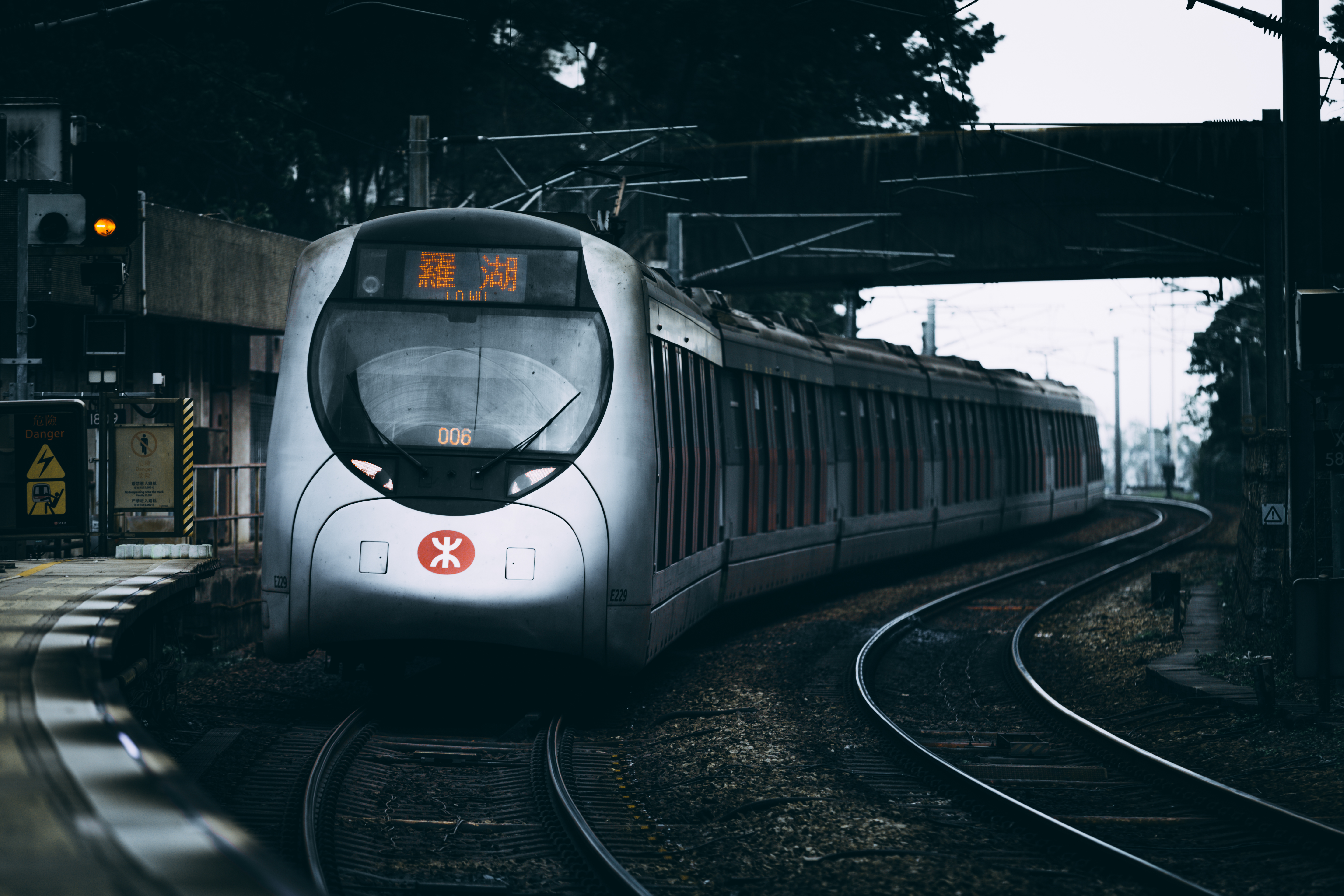Public transit in major American cities is undergoing a facelift. The New York City subway, after a recent investment of hundreds of millions of dollars, has been dubbed “no longer a daily disaster.” Atlanta has paid 95.6 million dollars to dramatically expand MARTA by proposing a rapid bus transit line. The Bay Area’s BART system is slowly retiring old train cars as they phase in their “Fleet of the Future.” But to coax entrenched motorists from their beloved vehicles and onto public transit, these cities will need to go further, and strangely enough, with more style.
After years of underfunding, it is a promising sign that cities are allocating the necessary funds to revitalize their public transit systems. However, almost all modernizing efforts have been geared towards carrying out baseline improvements to signaling and accessibility. Though these upgrades are necessary, they are not guaranteed to meaningfully reshape the way Americans commute. In the Bay Area, for instance, despite recent improvements made to public transit and newly installed bike racks, commute patterns have not significantly changed. Even in Los Angeles, where billions of dollars have recently been poured into expanding rail lines, ridership has continued to plummet.
Convincing motorists to leave the comfort of their cars in favor of public transit has traditionally taken the form of appealing to people’s environmental instincts. However, this may not be terribly effective: In cities where environmentally-friendly commuting has truly taken hold, only a small fraction of people cite environmental concerns as the motivating force behind their behavior. Only 7 percent of Copenhagen cyclists are chiefly concerned with the eco-friendly aspect of their commute. Most attribute their transport choice to cycling as its being, quite simply, fast and easy. Accordingly, if calls for environmental protection alone will not be enough to overhaul American car culture, it is worth investigating a companion approach. One option might be an imaginative new approach to design.
Tesla’s new “Model S” boasts of being “built around the driver” – the Glass Roof provides UV protection, the speaker system is likened to a recording studio, and a 17-inch touchscreen aids in navigation. And though the vast majority of cars on the road are not nearly this upscale, they are personalize-able and similarly concerned with the driver’s comfort. Through this user-focused design, Tesla designers have left a blueprint for cities to follow. The public transit industry should look to these ways that the automobile market has played into people’s desire for fun, comfortable, and sexy design, and alter the focus of transit design accordingly.
From Konagai, Japan’s whimsy strawberry-shaped bus stops, to Tashkent, Uzbekistan’s mosaic-bedecked subway stations, there is an emergent, creative vision of what public transportation could be. American cities need to look at these examples of mass transit that are imaginative and bold if they are to meaningfully alter commuter behavior. Already, there are some cities following suit stateside: In Boulder, CO, graphic designers helped to create colorful lively exteriors for buses, drivers play music for the passengers, and residents were given input into the bus routes themselves. The result is impressive and shows what focusing on the commuter can accomplish: Transit use in Boulder doubled in the decade following the improvements.
Some cities resist these design changes due to financial limitations, but the price tag accompanying these creative efforts need not be daunting. In cities like Santa Barbara, CA, and Chattanooga, TN, transit developers have mitigated the cost by working with local manufacturers to develop tailor-made vehicles. Moreover, concerns about the massive funding needed for creative public transit fail to consider the amount of government money wasted when public transit goes unused. Sen. Rand Paul’s (R-KY) recent Waste Report, for instance, laments the $153 million taxpayer dollars being “flushed down the toilet” when turned over to the Washington Metropolitan Area Transit Authority (Metro), where unreliable service has led to a 20-year low in ridership. By compelling residents though joyful and creative design, cities can shift commuter habits in an economically viable way, and make the government funding worthwhile.
When considering economic practicality, it is also important to remember the billions in hidden subsidies that state and federal governments grant to automakers. Debates around the public funding necessary for aesthetically pleasing transit should consider the government bailouts and subsidies given to automakers, the federal credit given to cars, and the yearly hundreds of billions of dollars allocated to free car parking. The cost of our car-culture also includes the $550 billion dollars spent on the Interstate Highway System, the annual tens of thousands of dollars it costs to maintain a single mile of national highway, and the $26 billion per year the government spends subsidizing fossil fuels. Set against this behemoth price, the cost of a fruit-shaped bus stop does not seem so insurmountable.
Increased investments from municipalities, states, and the federal government need to be channeled towards imaginative visions of what public transit could be. By adopting the design- and commuter-focused attitude of the automobile market and imbuing public transportation with beauty and comfort, cities can redirect the stream of commuters and help the planet in the process.This challenging project is well worth the effort. In the US, transportation emissions account for 29 percent of all greenhouse gas emissions – with cars, SUVs, and pickups making up the majority of that figure. When compared to these single-occupancy vehicles, public transit, and particularly heavy rail transit like subways and metros, dramatically reduces greenhouse gas emissions per passenger mile. Reducing greenhouse gas emissions is one of the most pressing issues of our lifetime: the 2007 Intergovernmental Panel on Climate Change report determined that greenhouse gas emissions must be reduced by at least 50 percent by 2050 to avoid the most detrimental consequences of global warming. Getting people onto public transit is an integral part of this effort – and if this can be accomplished through joy, all the better.
Photo: Image via hans-johnson (Flickr)
